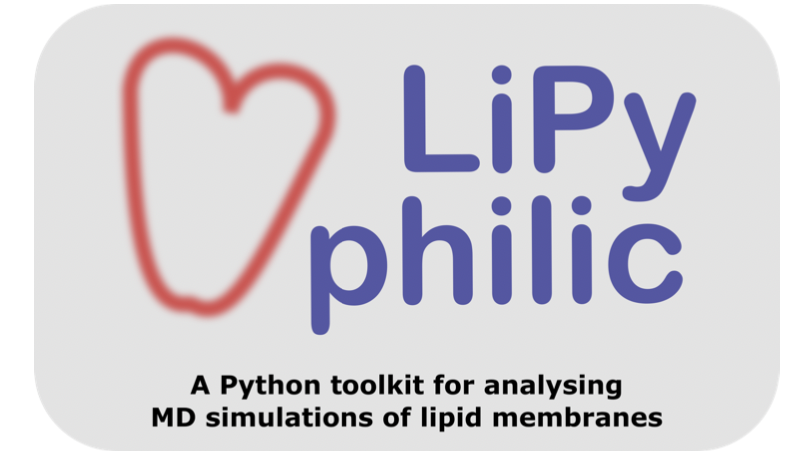Over the past several decades, lipid membranes have been one of the primary targets of study with molecular scale simulations. Over this period of time, scientists have increasingly chosen to study more and more complex lipid membranes, while also wanting to measure increasingly complex structural and dynamical properties of the molecules within these membranes. As a result, there has been a continual need for software tools that allow users to conduct complex analysis of these simulations. In our recent manuscript, we present the latest of these tools called LiPyphilic (which is an open source code available at https://lipyphilic.readthedocs.io/en/latest/index.html), which is a fast, fully tested, and easy to install Python package for analysing such simulations. LiPyphilic is both forcefield and resolution agnostic, and it has several analysis tools that are not currently available in any other such software which include the identification of cholesterol flip-flop events, the classification of local lipid environments, and the degree of interleaflet registration. In addition to these analysis tools, LiPyphilic also currently offers two on-the-fly trajectory transformations, which fix membranes split across periodic boundaries and perform nojump coordinate unwrapping. The latter corrects the commonly overlooked accounting of varying box volumes when using the NPT ensemble when unwrapping the coordinates of atoms, and therefore will eliminate any inherent errors that result from this.
Full reference: LiPyphilic: A Python toolkit for the analysis of lipid membrane simulations. Paul Smith & Christian D. Lorenz, bioRxiv (2021) doi: 10.1101/2021.05.04.442445

